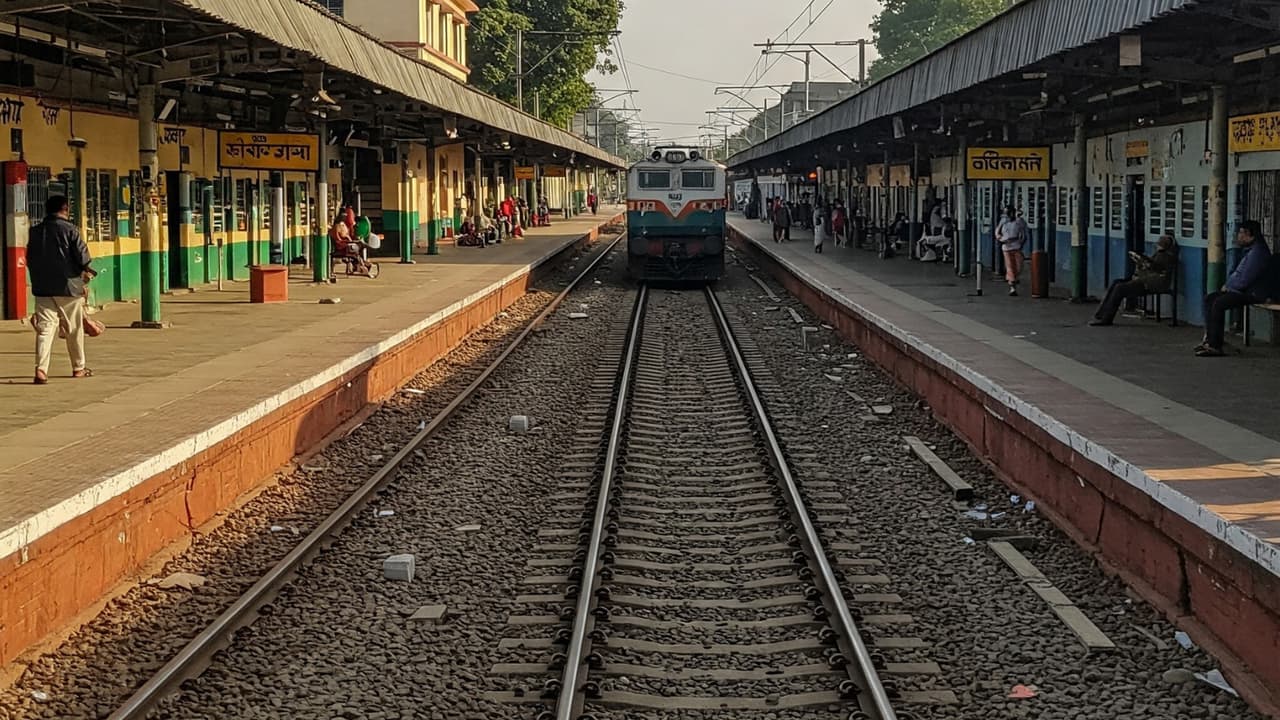Among the railway stations, ‘Central’ is the main and busiest station of the city, which handles the major routes. ‘Junction’ is a station where 3 or more railway lines meet, which is an important point for changing routes.
Do you know the meaning of ‘Central’ and ‘Junction’ in the names of railway stations? Many people traveling by train have doubts about this. There is a special reason behind using these words. These traditional terms describe how big the station is, what kind of trains it handles and how important it is to the rail network. By understanding these names you can easily plan your trip.
A single station cannot handle all the trains and passengers. Therefore, big cities usually have more than one railway station. As rail lines grew over the years, new stations were added in different parts of the city to handle routes going in different directions. Many old stations were built for administrative or military use during the British period.
As cities grew, new stations were also built. Having more than one station helps reduce congestion in big cities. This also makes the work of railways easier. This is why big cities like Delhi, Mumbai, Kanpur, Chennai and Prayagraj have many stations for different needs.
central
A ‘central’ station usually denotes the largest railway station in a large city. Such stations handle heavy passenger traffic, important long distance routes and movement of high premium trains. Due to better connectivity and facilities, these stations often serve as main hubs for rail traffic to other states.
Kanpur Central, Chennai Central and Mumbai Central are known for their high daily ridership and large service networks. In most cities, journeys on major routes start from the central station. Thiruvananthapuram Central is one such important railway station in Kerala.
Junction
‘Junction’ means a station where three or more railway lines meet. It serves as an important hub for both passengers and freight traffic. These stations are very important in deciding the routes of trains coming from different parts of the country. Also, junction stations allow passengers to easily change their journey in other directions. Junctions usually have multiple platforms, different train categories and strong local connectivity.
Examples are Itarsi Junction, one of the busiest crossing points in India, and Mathura Junction, connecting northern, central and western routes. Cities like Kanpur and Patna also have important junction stations, serving thousands of intercity passengers. Ernakulam Junction and Kollam Junction are such important stations in Kerala.
